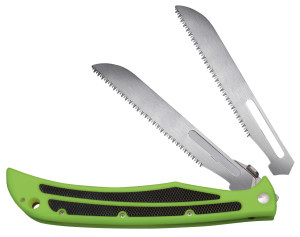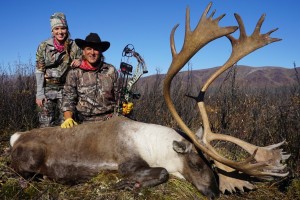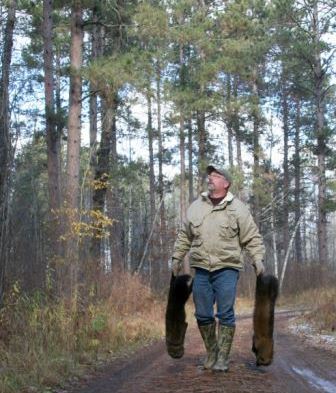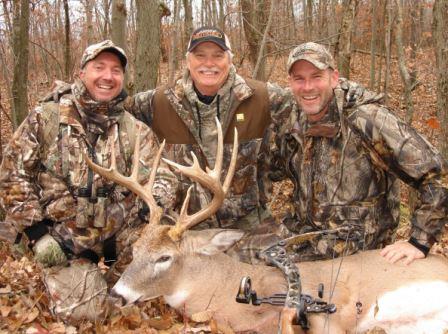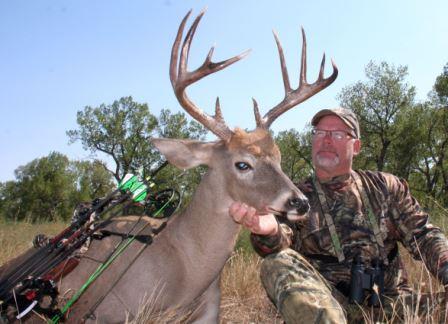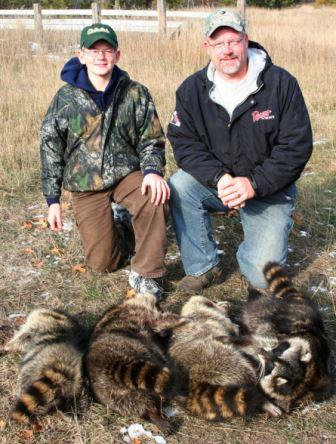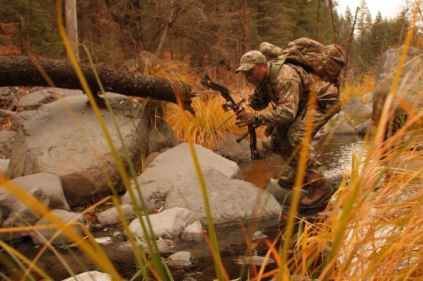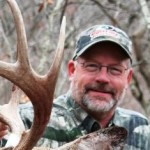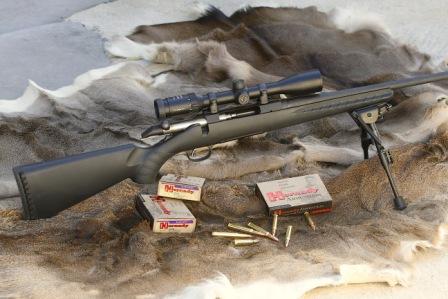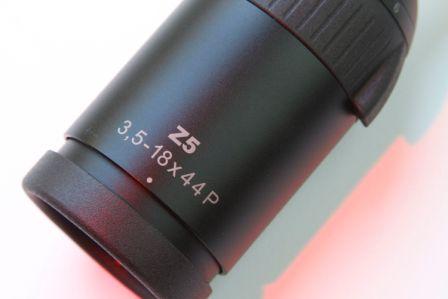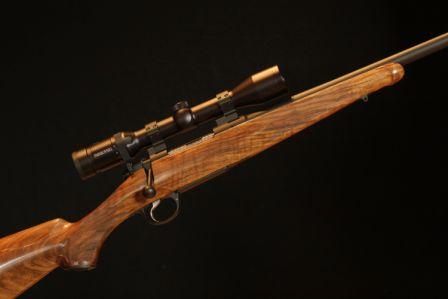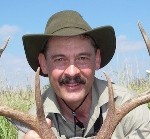It’s a bittersweet moment here at Havalon Knives as we prepare to say goodbye to one of our best. Paul Schwartz, sales manager for Havalon Knives, will be retiring from the company on February 18. Paul started with Havalon back in 2004, and after 11 years of representing the company both on the road and in the office, he’s ready to call it a day. Some of you might have had the chance to see Paul at one of the many trade shows we visit each year, or maybe even talk to him a couple of times. We couldn’t be happier for him, and we wish him and his family the best. Now let’s hear from the man himself:
What are some of your favorite memories from working at Havalon?
There are so many it’s hard to choose! The most difficult part of my decision is having to leave the people that became my friends over the years. After working with these people for so long, you can’t help but become close with them. It’s bittersweet, and it’s the memories you have that make it a big part of your life.
What are some things you’ve learned about hunting and the outdoors over the years?
I’ve learned a lot about what the real spirit of hunting is all about, and the true meaning and the conservation behind it. It isn’t all about the thrill of killing an animal, although it is for some. The vast majority of hunters are interested in the health of the herd and preserving hunting for the next generation, which is amazing. As Jim Shockey told me once, and I paraphrase, it is not only about the viability between the various species of nature, but that between nature and humanity. The selflessness of hunters is really reassuring to me. They take care of each other; when they use a product that is inferior the warning goes out, and when they use a product that is superior they make it their mission to let everyone know that this is a product you have to have.
You’ve traveled a lot with Havalon — what’s your favorite trade show you’ve been to and why?
The regional show out in Montana was my personal favorite destination. I really think I was supposed to be born in the mountains, so I felt at home there. My wife was able to join me on that trip, and we both enjoyed the area so much that it made it to our short list of possible retirement locations.
From a company perspective, the Great American Outdoor Show out in Harrisburg was always a fun time. The people there are always excited to see us at the show. They love to see us and have us at the show, so it was good to go out there as much as I did. From an industry perspective attending SHOT Show always gave me hope that our Second Amendment rights will NEVER be taken away. So, those who try so hard to do so, give it up; you won’t win.
Over the years, what are some of the advances you’ve helped implement with Havalon (new knives, blades, retail, etc.)?
I don’t want to take credit for anything. I would rather hope to believe that my role played a part in taking Havalon to where it is today. Havalon is now a household name. When we first started doing trade shows, for every 50 people we talked to, only two would buy a knife. Now it’s the complete opposite. For every 50 people that come to the booth, only two don’t buy anything.
After retirement, what are your plans for the future?
Well, I think I want to slow things down a little bit and hopefully give back to the world that’s given me so much. I come from a large family and it is getting larger every year, so I would like to spend more time with them. I’m also going to do home inspections. I started my own business about 18 months ago, so I’m looking forward to doing that. My wife and I are looking forward to having the time to do what we want, when we want, and not worry about schedules.
If nothing else, when I get really bored and I feel like my time needs to be filled, or my wife is ready to kill me, I’ll just call Havel’s and beg to get my old job back!
1,998 total views, no views today





